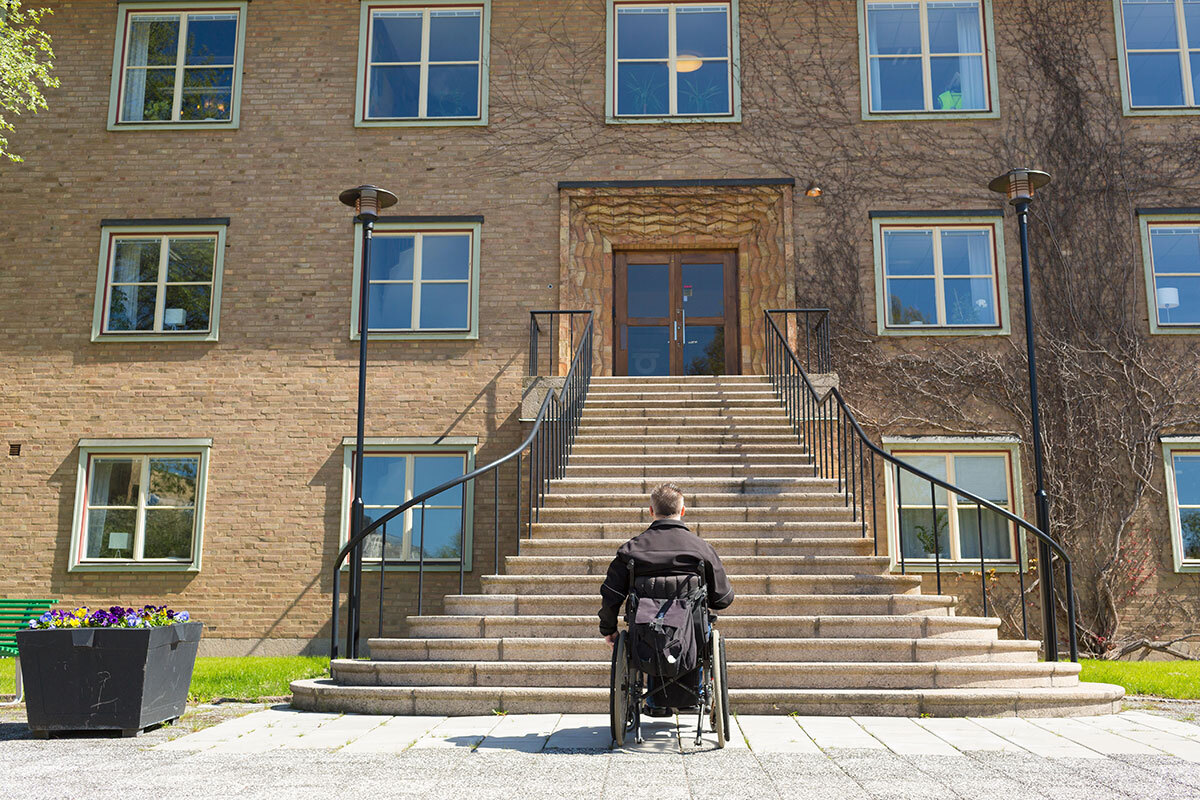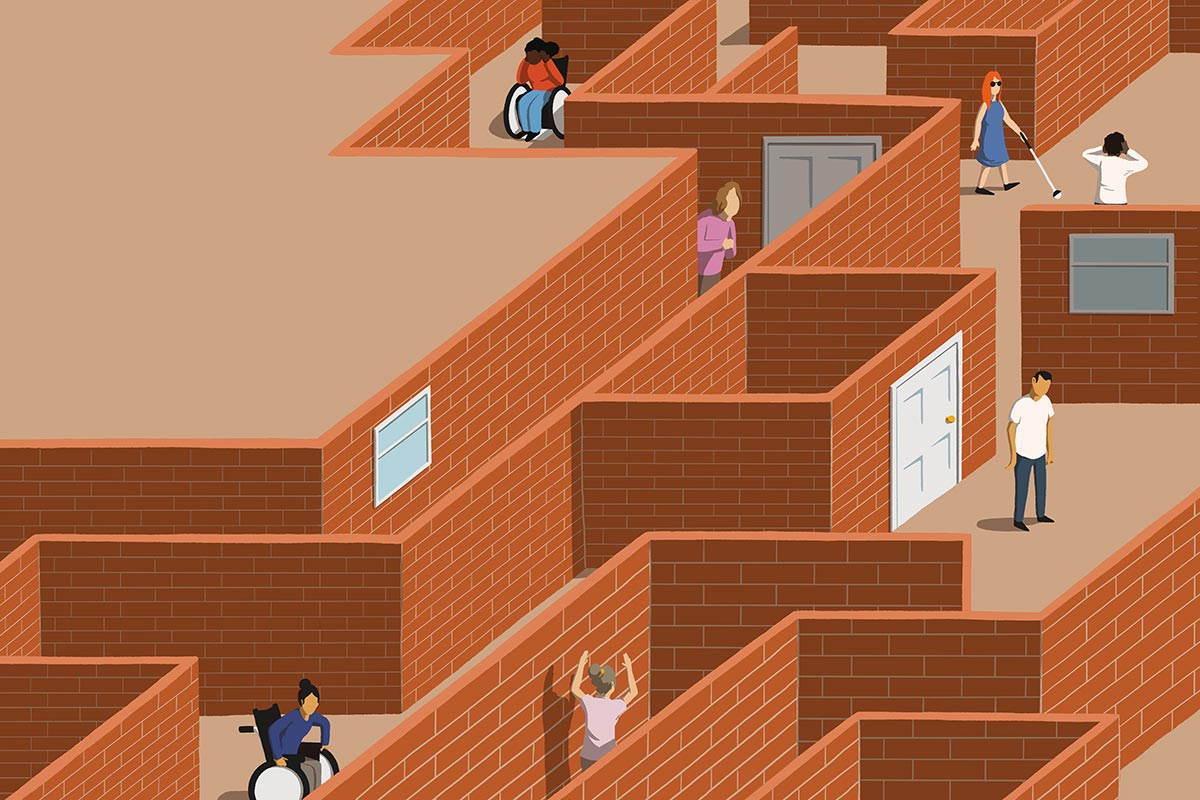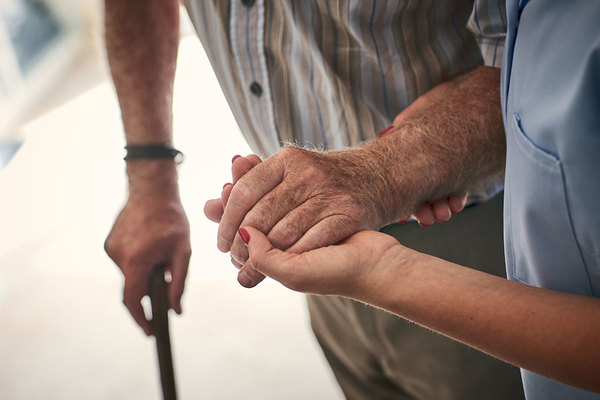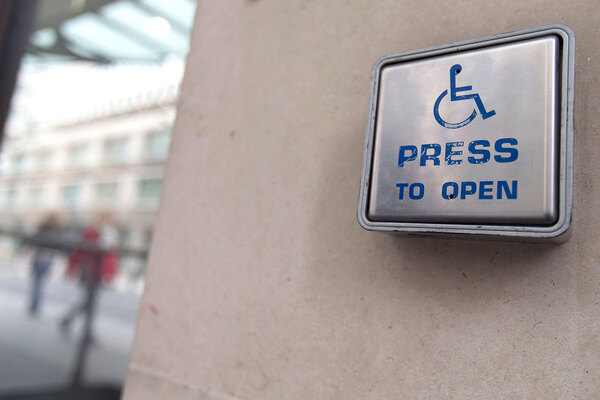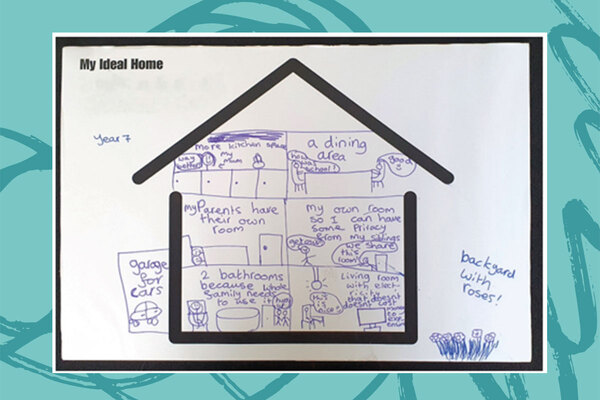You are viewing 1 of your 1 free articles

Ruth Hunt is a freelance journalist and disability rights campaigner
The evictions crisis is driving more and more disabled people into unsuitable and inaccessible temporary accommodation
Being evicted from private rented accommodation is awful for anyone, but for disabled people with spinal cord injuries, with a tough task finding accessible homes, this can mean being trapped in inaccessible temporary accommodation. Ruth Hunt says urgent action is needed
Finding an accessible home for rent is a difficult task. For people who have spinal cord injuries, it is even harder. To get the right place that meets their needs can take a long time.
But if you’re facing eviction and needing a quick solution, the lack of accessible housing is even worse. With evictions on the rise, more and more people with serious disabilities are being forced into unsuitable and unsafe temporary housing.
To take just one example of recent stats, the number of people being evicted by bailiffs from private rented accommodation under Section 21 proceedings has increased by 143% in a year (from 792 households between October and December 2021 to 1,924 between October and December 2022).
Losing a home is awful for anyone, but disabled people, including those with spinal cord injuries, are thrown into a housing market where the lack of supply and high demand means the chance of finding one of these elusive accessible rented properties is extremely low.
“Chris can’t get out unless he is helped by another person, ultimately trapping him in his room for the past five months. He doesn’t how much longer he will have to be in this building, the uncertainty and lack of access detrimental to his mental health”
Justlife, a group that campaigns on homelessness, has produced an important report alongside Shared Health Foundation looking at the state of temporary accommodation in England.
The report revealed the desperate conditions in which adults and children were living, with mould, overcrowding and multiple health and safety risks – yet this is mostly unseen.
One of the areas Justlife looked at in the report was the predicament faced by disabled people living in temporary accommodation. It highlights the added stress for disabled people in unsuitable and inaccessible temporary accommodation, who are unable to do basic things like leaving the room or accessing the bathroom.
I spoke to Chris, who has spinal cord injuries and found himself homeless in October. Since then he has been stuck indoors in a temporary accommodation building. The first problem was the bathroom. “The door had to come off because I couldn’t get in it, but it’s still difficult to use,” he told me.
The next problem was how to get out of the building. The only exit was through a back door, but this was totally inaccessible for Chris. After a long time waiting, it was ‘adapted’ but it still means Chris can’t get out unless he is helped by another person, ultimately trapping him in his room for the past five months. He doesn’t know how much longer he will have to be in this building, the uncertainty and lack of access detrimental to his mental health.
“The call from Justlife for [the private rented] sector to be regulated is an important first step – but will this government, who are dragging their feet in terms of reform, be willing to take it?”
The Spinal Injuries Association says that hundreds of people like Chris get in touch with them because they are stuck in similar situations.
Breaking records usually calls for a celebration, but the record figures for those evicted and facing eviction is yet another indication of how skewed the housing market is. The most vulnerable who don’t have a stable home face an uphill struggle to even be acknowledged, let alone housed somewhere that is safe and accessible.
The call from Justlife for this sector to be regulated is an important first step – but will this government, who are dragging their feet in terms of reform, be willing to take it?
Ruth Hunt, freelance journalist and disability rights campaigner
Sign up for our care and support newsletter
Already have an account? Click here to manage your newsletters
